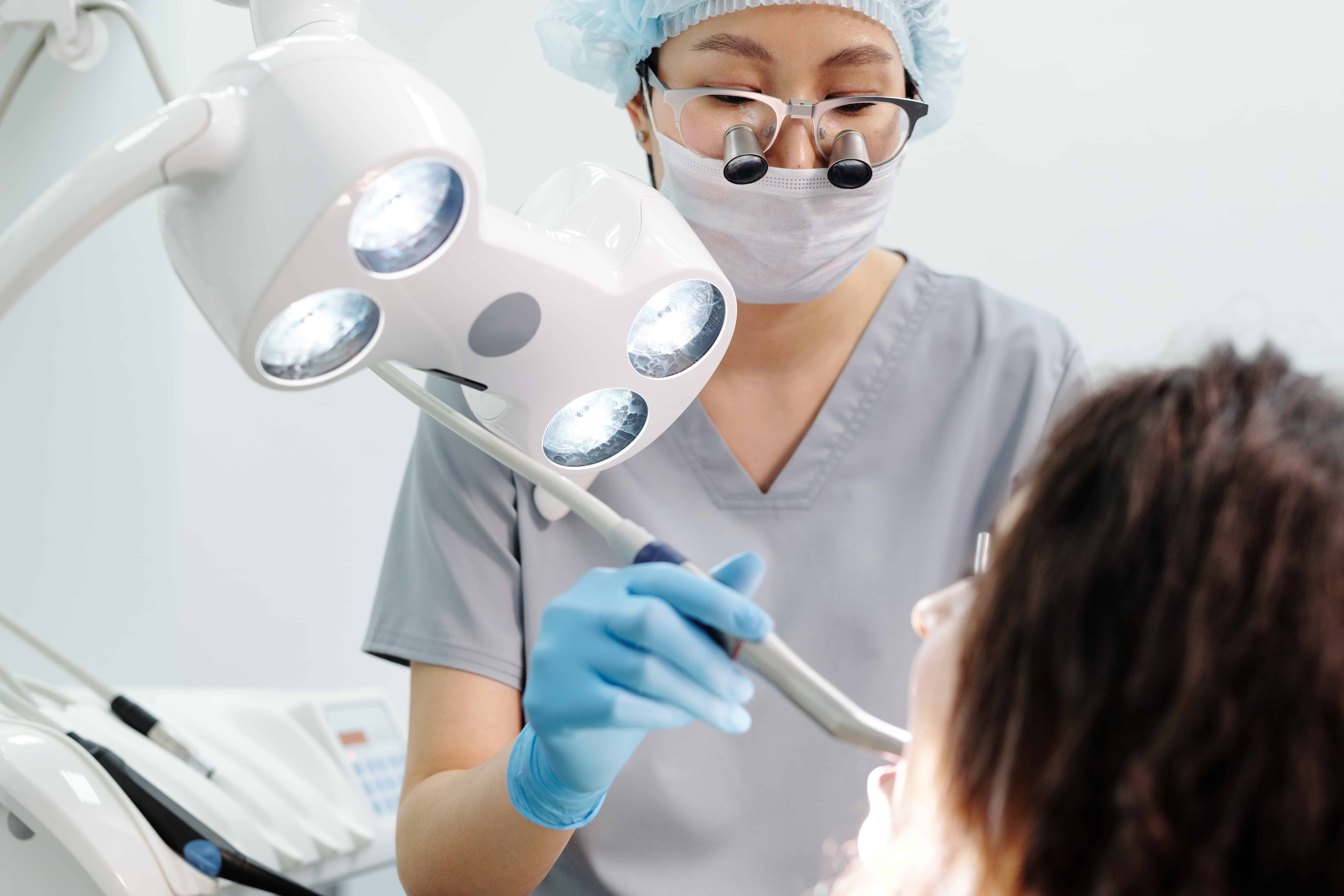Summary:
In 2009, Forth Valley undertook a small pilot to test paper vs. electronic referrals.

Photo by on Pexels
Sending paper Medical / dental referrals can result in the following problems:
- It can take too long to reach the receiving organization if it is an urgent referral.
- Referrals can get lost in the post, and this can take a while to be discovered. Practices don’t know what happens to referrals after they’ve been sent; they don’t know if they have been received etc.
- Referrals can often have specific pieces of information missing and be illegible. This means that staff has to spend additional time completing the form, resulting in increased referral process time.
- Average processing time is 3 days or longer with paper referrals vs. less than 3 minutes with an electronic system such as ReferralMD.
Benefits of an Electronic referral software solution:
- The electronic process means that the Physician / Dentist now knows that the referral has been received and is not lost in transit. Previously this was very difficult to track; however, now there is a full, auditable pathway.
- Dentists have the ability to send small intraoral films, x-rays, or digital images as an electronic attachment to the referral.
- It is a safer method for urgent referrals than relying on the patient to take a referral letter to the hospital. This, in turn, improves the patient experience by providing a more professional service given the potentially sensitive nature of their referral.
- Practice staff is aware that the referral has been made and can check the status and access a copy of the referral if required. Using the paper process, Dentists would often make the referral themselves, and the practice would retain no copy or record of sending.
- Electronic referrals can be searched online, which is more time for staff than locating the paper record.
- Currently, the lack of a structured form means that there can be a lot of things missing from a referral such as patient GP, referring practice name, patient information, priority and type of referral, etc. this results in staff having to contact the referring Dentist, the patient’s GP or the patient to gather enough information to progress the referral. This could take up to 20 minutes per referral. As the electronic referral has most of the required fields for processing, the average time taken to process an electronic referral is 3 minutes. The planned integration with the Referral Management System will reduce this process time further.
- An electronic referral is legible: there are often difficulties in deciphering handwriting on the paper referral forms, which can result in the referrer being contacted to clarify referral details, adding to the time taken to process.
- With electronic referrals, it is easy to identify the type of referral, e.g., Orthodontics, Oral Surgery, etc., for sorting for vetting.
- The patient experience is improved. They are booked for an appointment sooner electronically than via conventional mail.
- There is improved safety of transmission of patient details as referrals are no longer lost in the mail.
- Information is more readily available to the referrer, which can be shared with the patient if they inquire about their referral status.
- An electronic referral is received quicker than using the conventional paper method. A referral can be sent, received, and vetted the same day the patient has seen their dentist. It is also possible for a letter to be generated the same day to advise the patient to book an appointment.
What types of challenges do you face managing referrals? Leave us a comment below. We would like to hear from you.
Update:
Article- Learn more about the costs and liability of using email, fax, or other poorly designed systems to manage your medical or dental referrals.











